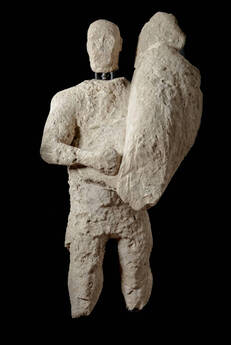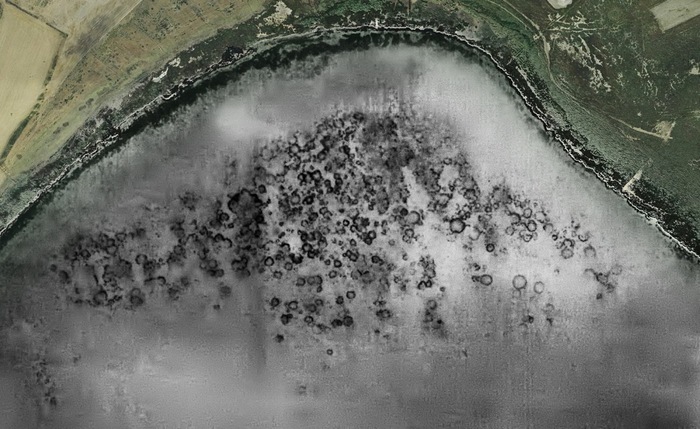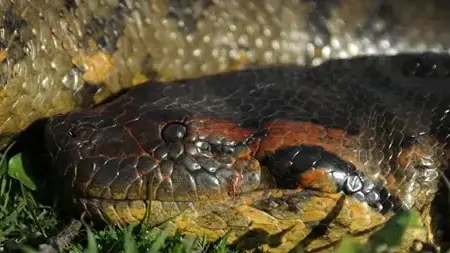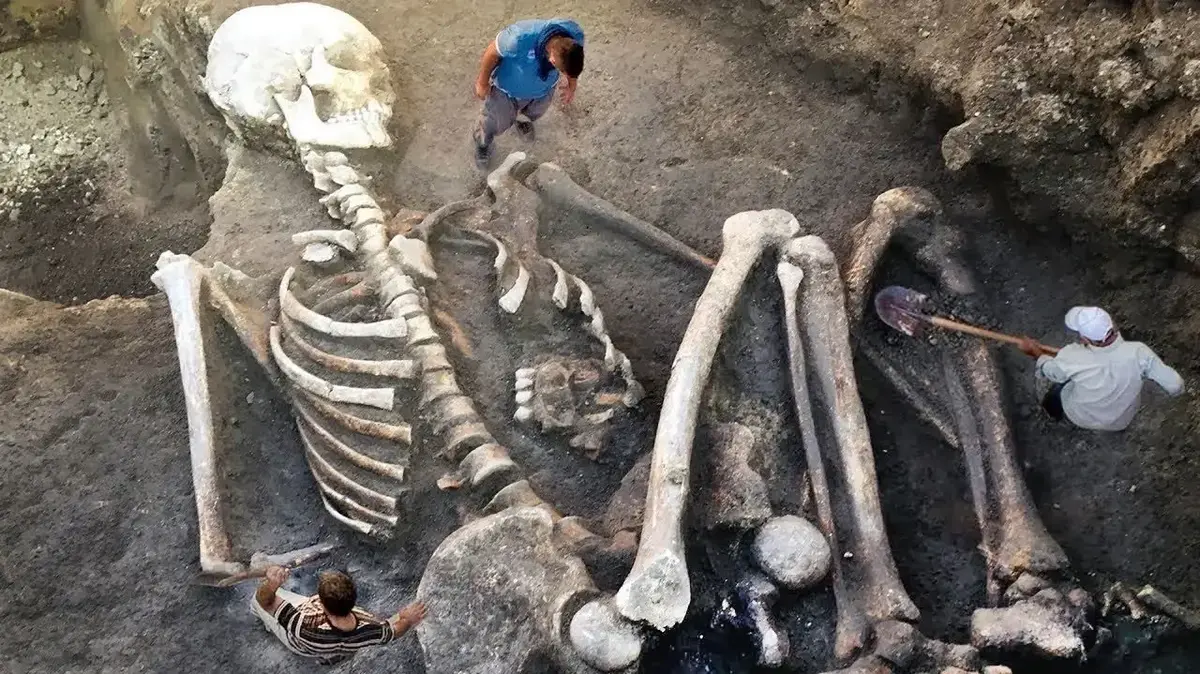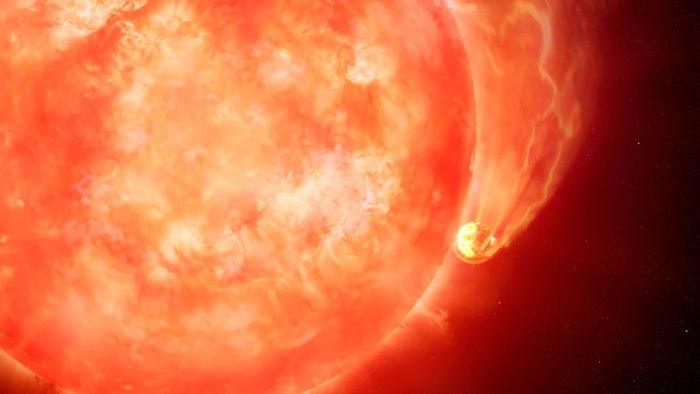(by Silvia Lambertucci)
The powerful torsos of two boxers, the large flexible shield that covers the belly and wraps around the arm, then a head, legs, other parts of the bodies, the fragments of a model of nuraghe.A few days after the last campaign resumed excavation, in the nuragic necropolis of Mont'e Prama in Cabras, the remains of two new monumental statues emerged, two giants that are added to the stone army of warriors, archers and boxers of three thousand years ago that made famous in the world the Sardinian archaeological site still shrouded in mystery. A truly "important" result that gives hope for further surprises in the coming weeks,
the superintendent
Monica Stochino anticipates to
ANSA
.
While the minister of culture
Franceschin
i reminds that the discovery takes place a little less than a year after the birth of
the Foundation
which involves the MiC, the Municipality of Cabras and the Sardinia Region.
"An exceptional discovery which will be followed by others", he enthuses.
Launched on 4 April, the field investigation confirmed the continuation to the south of the necropolis and the imposing funerary road that runs alongside the tombs.
"For us the proof that we are on the right path", underlines
the archaeologist Alessandro Usai, scientific director of the excavation since 2014,
"the programmatic research bears fruit, we went to dig without fail in a stretch that had not yet been touched".
Different in their characteristics compared to the boxers found in the last half of the seventies, the two new giants, explains Usai, are of the "Wolf-horse" type like the last two unearthed in 2014, not surprisingly not far from the current excavation. , which were characterized precisely by the very particular curved shield.
"A rare figure that has a reference model in the Nuragic bronze statue kept in Rome in the Etruscan museum of Villa Giulia", specifies the archaeologist, citing the small masterpiece coming from a tomb in the necropolis of Cavalupo, in the Lazio region of Vulci.
The careful examination, cleaning and removal of the two large torsos - which will take time due to the particular delicacy and fragility of the limestone in which they were carved - will certainly provide new elements for study.
But in the meantime, plans are already being made to expand the area of the excavation in progress, taking it from 10 to 20 square meters.
Financed by the archeology, fine arts and landscape superintendency for the metropolitan city of Cagliari and the provinces of Oristano and South Sardinia with 85 thousand euros gross, the new intervention, Stochino recalls, anticipates another more substantial one, for 600 thousand euros,
which also involves the Regional Secretariat of the MiC and which will be added to the large project for 2 million 800 thousand euros with which the aim is to restore everything that was found between 2014 and 2016 so as to expose the new statues together with the others in the Cabras Museum.
A team effort that, among excavations, researches, studies, enhancement, involves different institutions and professionals, universities alongside superintendence and foundations, anthropologists, restorers, architects, in addition to archaeologists.
All together to find answers to the historical problems posed by this special cemetery of three thousand years ago, built along a funeral and
universities alongside superintendence and foundation, anthropologists, restorers, architects, in addition to archaeologists.
All together to find answers to the historical problems posed by this special cemetery of three thousand years ago, built along a funeral and
universities alongside superintendence and foundation, anthropologists, restorers, architects, in addition to archaeologists.
All together to find answers to the historical problems posed by this special cemetery of three thousand years ago, built along a funeral and
reserved almost exclusively for young men,
passionately tells Usai, explaining that in more than 170 tombs investigated "the elderly and children are completely lacking", while there are very few women.
Certainly on the centuries of life of this site, born around the twelfth century BC, and on that of the Giants, which historians place between the ninth and eighth centuries.
BC, still remains a lot of mystery, as well as about their end.
Who really were these stone giants 2.5 meters high: ancestral guardians of a sacred area, representation of the social functions of the buried dead, heroes, ancestors, identity symbols of a community?
And then why did they fall, reduced to rubble on the tombs that they should have watched over: was their end the consequence of an internal struggle between local communities or was it perhaps the fault of the Carthaginians?
Usai says he leans towards a further hypothesis, that of a "natural" destruction: "my opinion is that the Giants fell gradually by themselves - he explains - all the more so since, as they were made, they were unbalanced forward".
The passage of time, the upheaval of the earth, the many crops that have taken place on this stretch of land, which has always been precious for wheat, would have done the rest, reducing statues,
nuraghi and betyls, in many fragments that were then mixed together.
Certainly we need to go beyond commonplaces, concludes the archaeologist, "here we seek answers based on data".
And who knows that the new season of investigations does not really bring decisive news.

